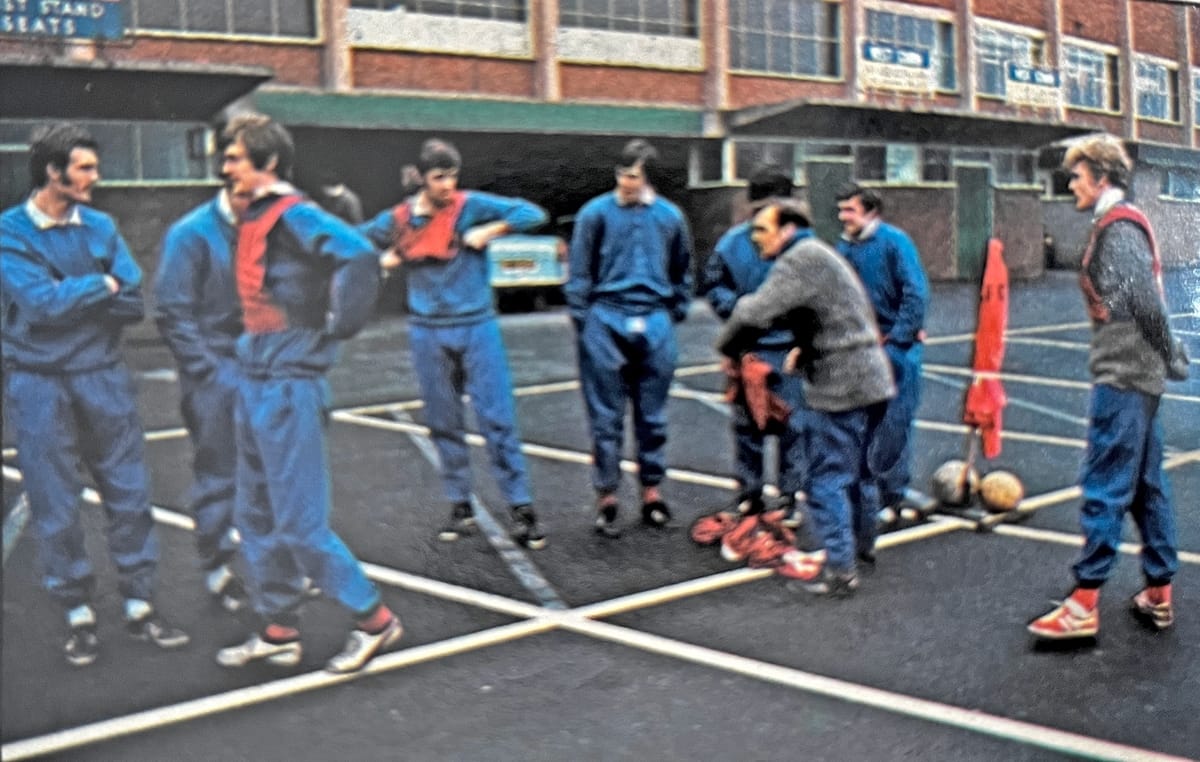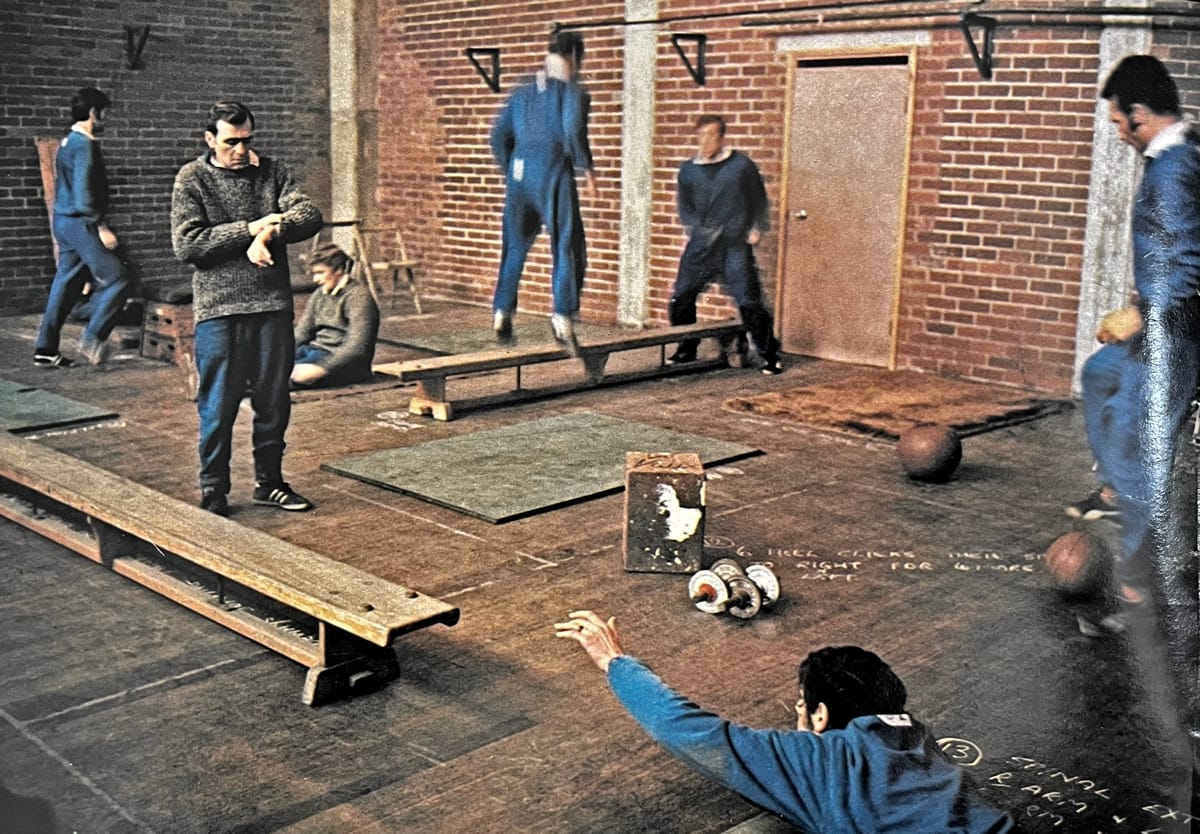Anatomy of a super-team: behind the scenes at Leeds United in 1971 (part two)
In 1971 Leeds United was not 'happily reconciled', but a club with its greatest triumphs still ahead that was already, perhaps imperceptibly, coming apart.
(This is the second part of two about an 8,000 word behind the scenes look at Leeds United in 1971, written by David Henshaw for a, um, 'grown-up' magazine. If you missed part one, you can get back to it by clicking here.)
Driving the players all on, when we left them at the end of part one, was Les Cocker. "We play a lot of short sided games to put players under pressure in tight areas," he says. "You've got to have pressure, pressure, pressure all the time."
David Henshaw writes that Cocker is 'an aggressively common sense man', 'secretive about his age (he must be 45), he's known to millions as England's national trainer'; Cocker admits to going "bloody mad" when even some of the club's directors refer to him as an old-style bucket-and-sponge trainer. "We've got to be scientific in the game now," he says. "You've got to plan out training routines, you don't just run for the sake of running; you run with a purpose, you exercise with a purpose". Tactics have changed since Cocker's days playing for Accrington Stanley ("I was always in the first team and scored quite a lot of goals," he says). Players used to whack the ball into the box, then realise afterwards that a supporting player was in a better position. "Now we know the supporting players are going to be there," he says. "We don't wait for them! They're all footballers now, they aren't full-backs or outside-rights. Look at Terry Cooper - Terry Cooper wouldn't be allowed to rush up the wing if nobody supported him to fill the gap that he left at the back".


The training that Henshaw watches includes a twenty minute match on the West Stand car park - 'The tracksuited players treated the whole thing with boyish enthusiasm' - before they hit the West Stand gym, 'a smallish, rather antiquated, freezing cavern reminiscent of one's own experiences at school'. Here was a circuit of exercises, with the only footballs in sight used for one exercise in which players had to jump over laundry baskets to collect five balls in thirty seconds, and another for players lying on their back, alternately heading and catching a ball against a wall. Cocker and the players go round the exercises at fifteen second intervals, and 'After ten minutes of watching this you begin to feel a little decadent as the sweat pours off and faces strain with effort ... At the end of it all, only the rather cadaverously pale Allan Clarke looks as though he could go on for much longer'. There is more: a 45 minute match on 'the park' - the main Elland Road pitch - against the apprentices, who 'work up a fierce pace, striving desperately to get just one past a Madeley or a Giles, or to relieve Jones and Clarke of a gently, delicately dribbled ball'.
To keep reading, please become a More to Read member
Leedsista is supported by Leeds fans who think decent writing about their football team is worth £3 a month.